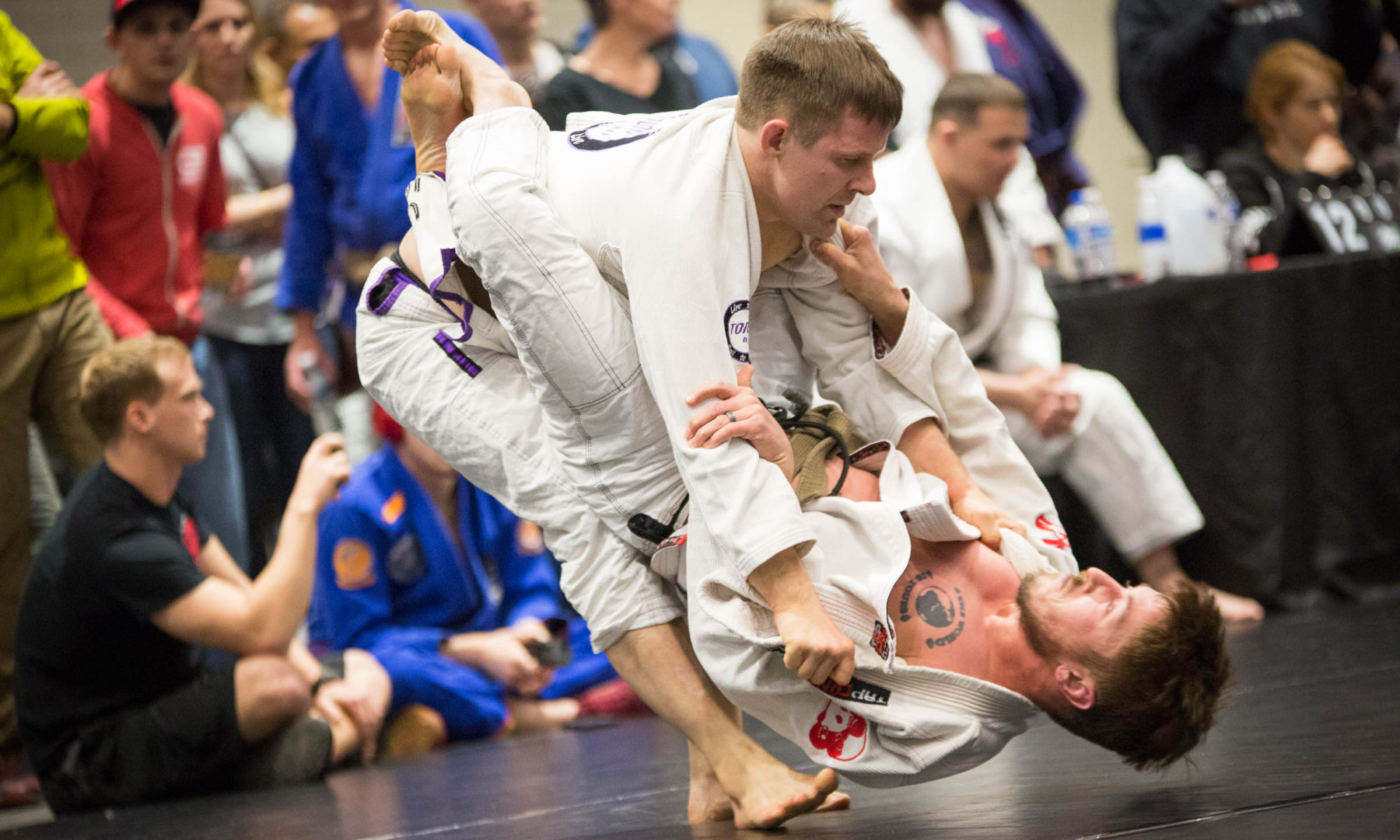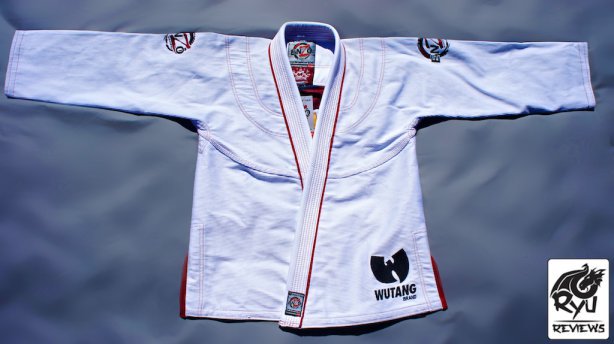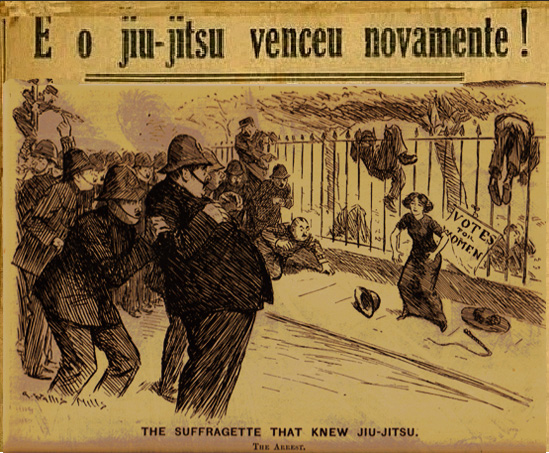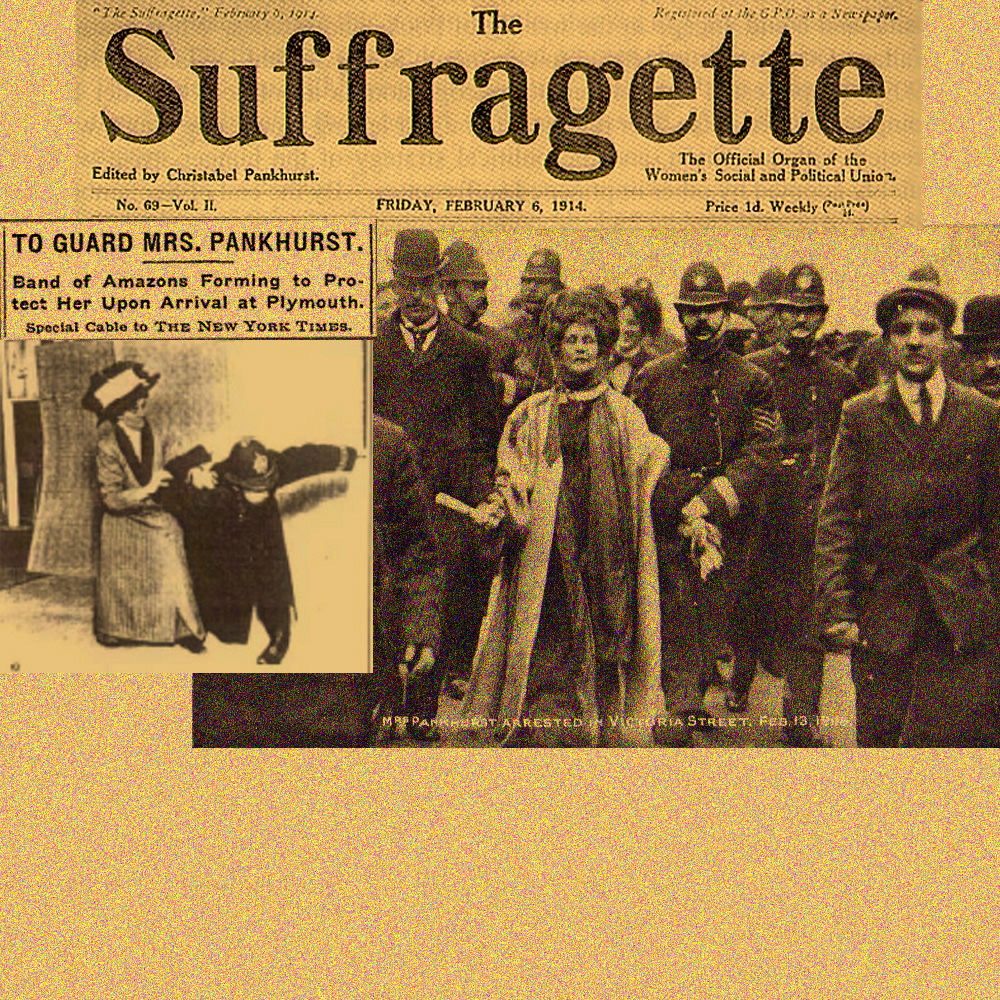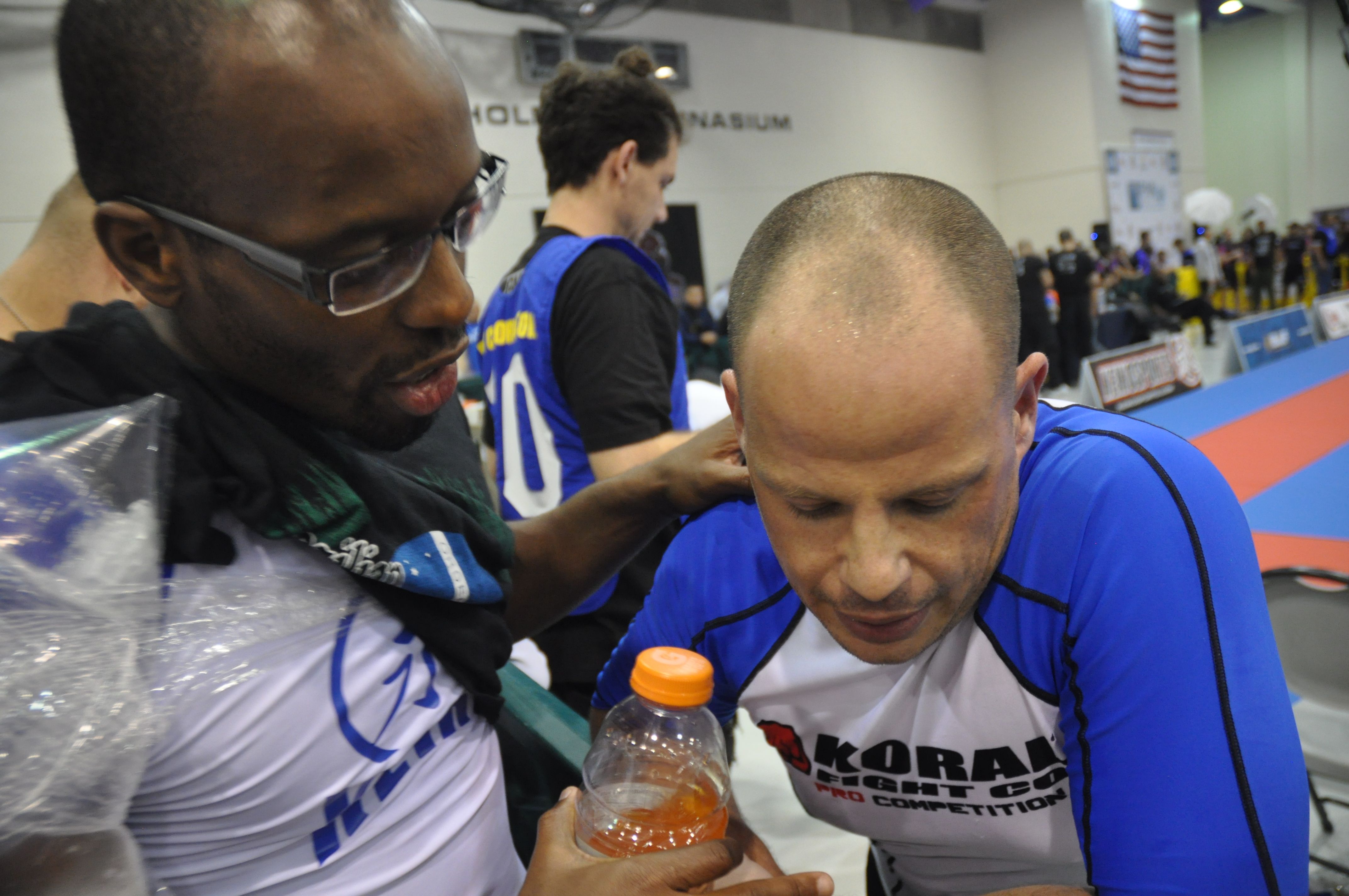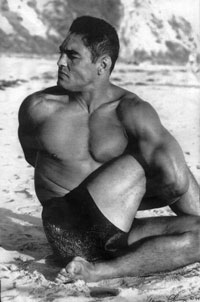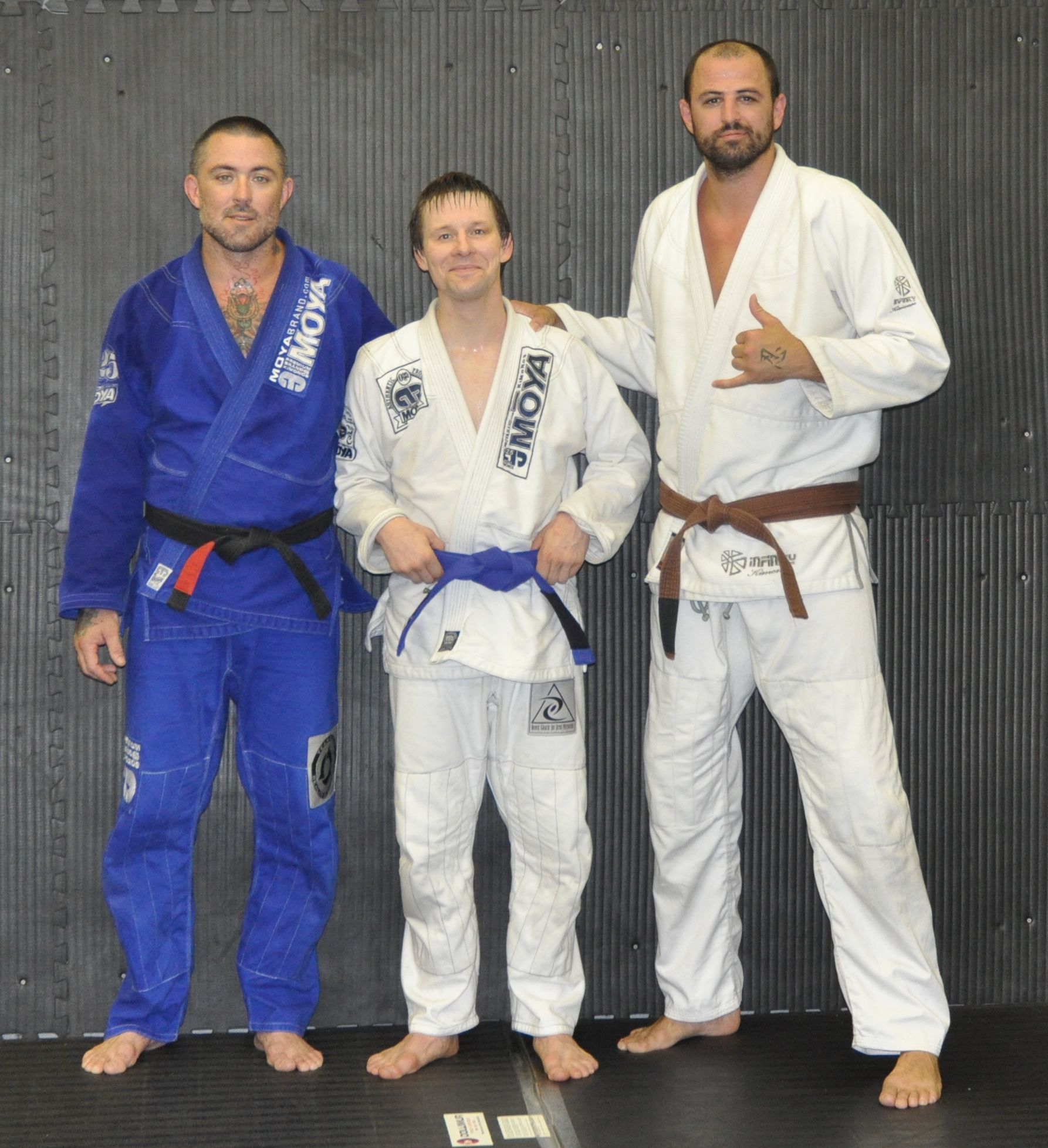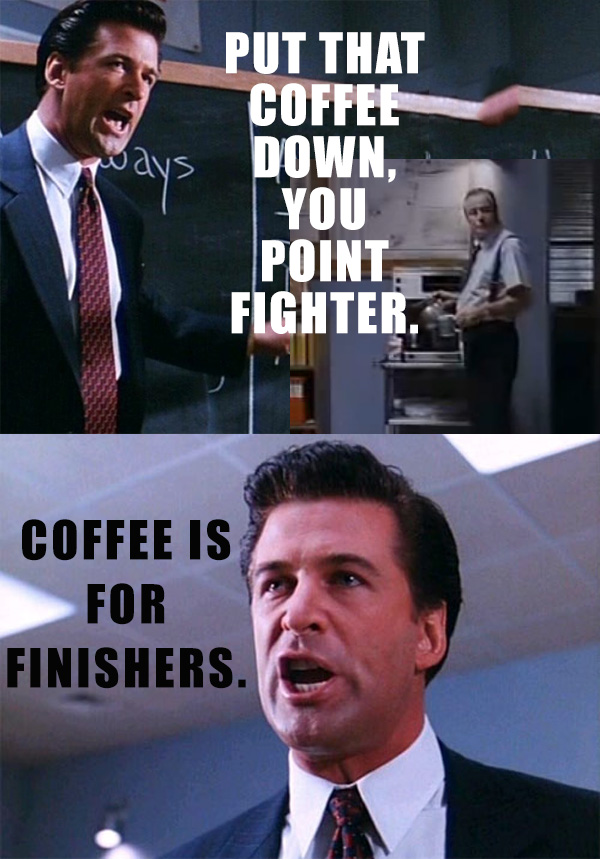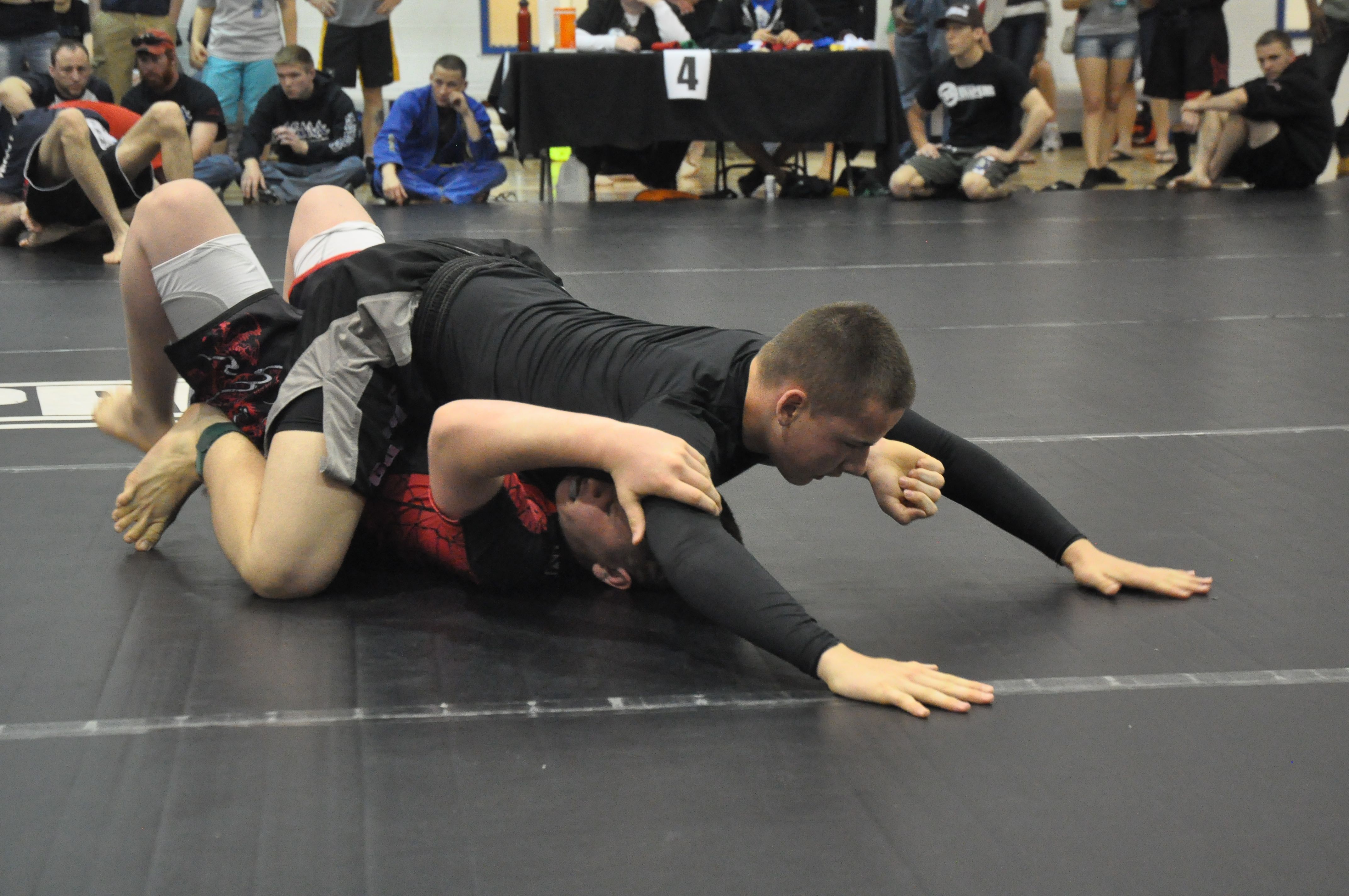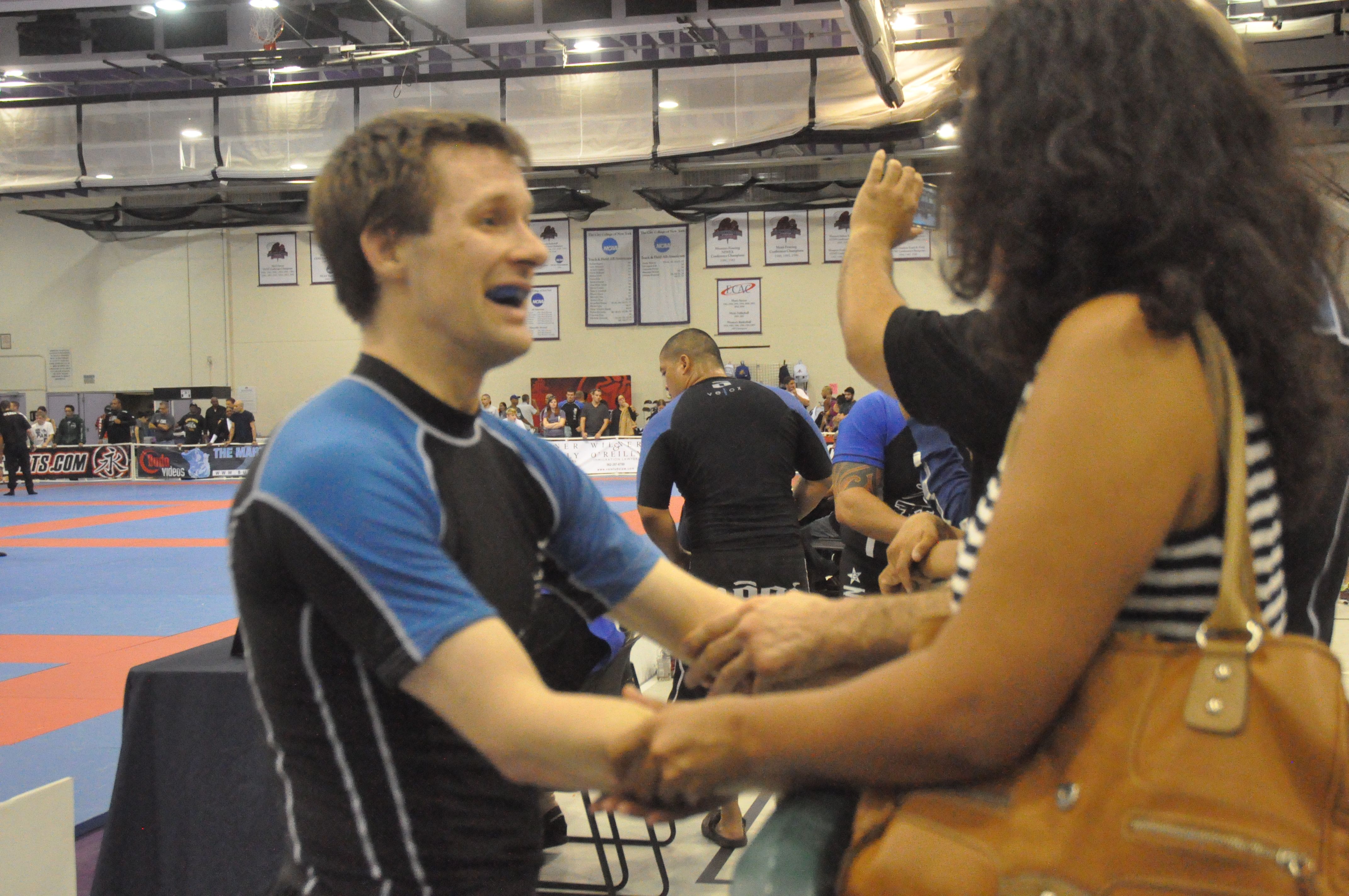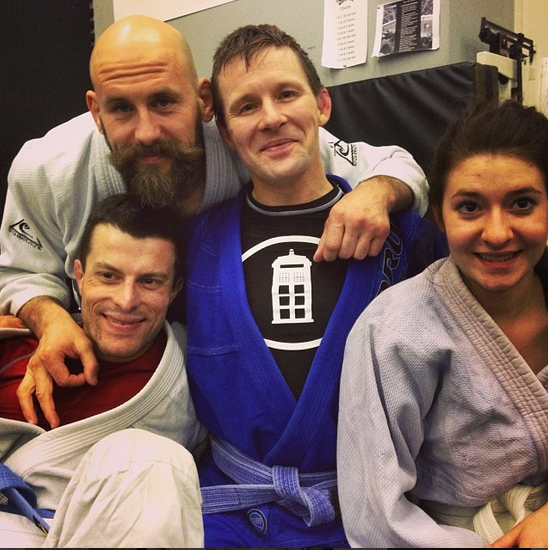My name is Jeff, and I’m a gi addict. I make no apologies for this. The more gis I have clean and ready, the more opportunities I have to drill and roll — and because I train a lot and work a full-time job, reaching the bottom of the rotation happens a fair bit.
A good Brazilian Jiu-Jitsu gi is a functional piece of art. The function is most important, most would agree — the fit, the feel, the comfort and durability. If we’re honest, though, we have to admit that the art part matters as well. Clothing that looks good is more appealing than clothing that looks bad, whether you’re going to grip up on it or not.
I admire the way some designers are able to bridge the gap and make something that both looks good and works well. I thought I’d shout out five designs that I think are innovative without going too far afield, beautiful without being garish, and arty but still meeting the basic needs of the jiu-jiteiro.
Two caveats before I start: most of you know that I design gear for Toro BJJ, so I’m going to exempt Toro gis from consideration (even though I’m really stoked about the next Toro number, which we just got a sample of and will come out later this summer):
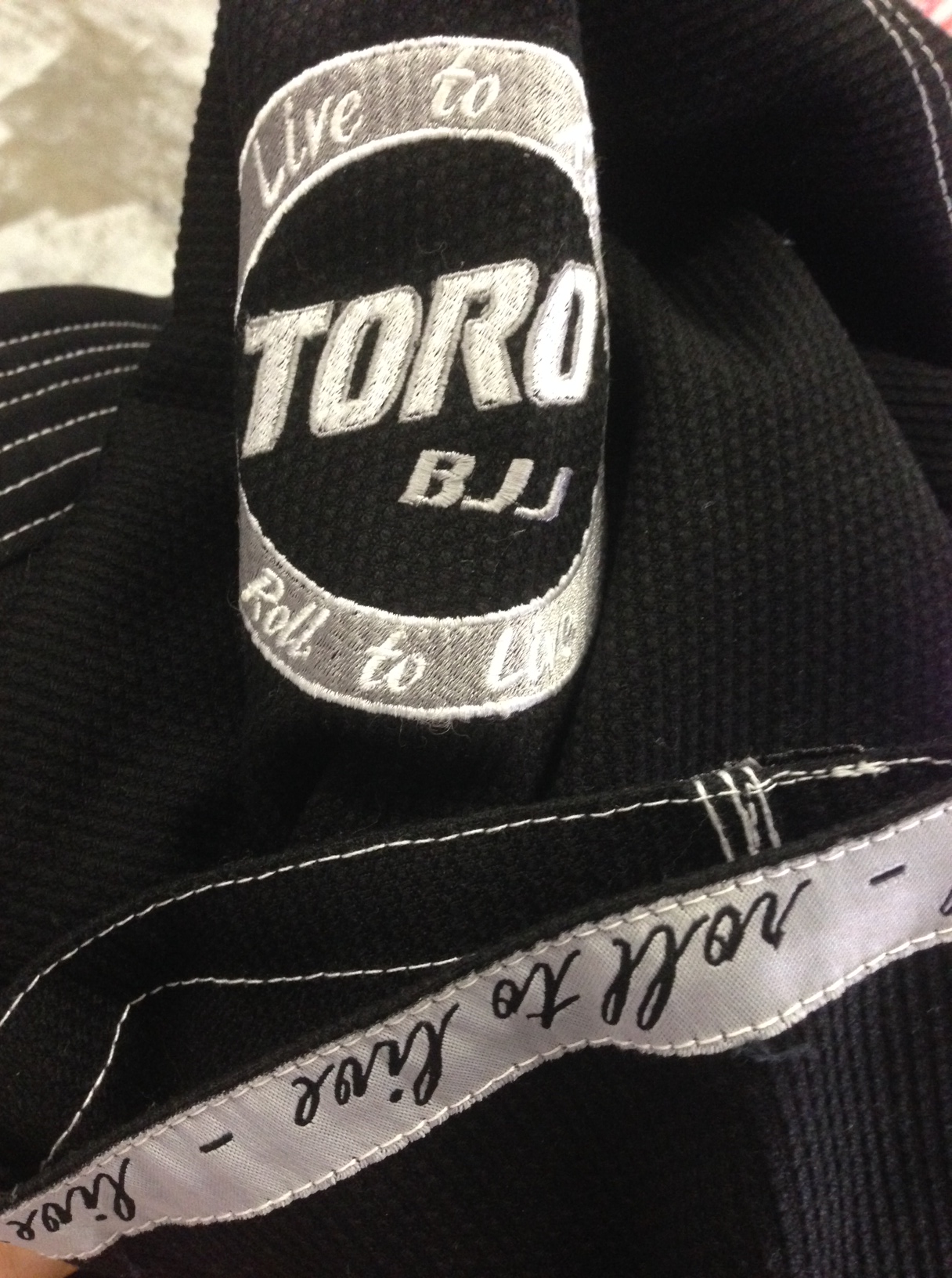
Second caveat: everyone has different taste. Some people rock tailored suits and some people opt for hoodies and flip-flops. I’m not a snob, and am a firm believer in letting people like what they like. My own tastes certainly influence this list. I hope and expect that people will post about great gis that I missed.
These gis I’ m about to list are all from different companies, were released at different times and have little in common other than I don’t own any of them (and, y’know, my birthday is in October). Friends of mine own each of these, though, so I got some insight into the quality of each release from them.
Without further ado, and in no particular order, here are five creative gis that I think are awesome.
5. “Furinkazan“, by Muae
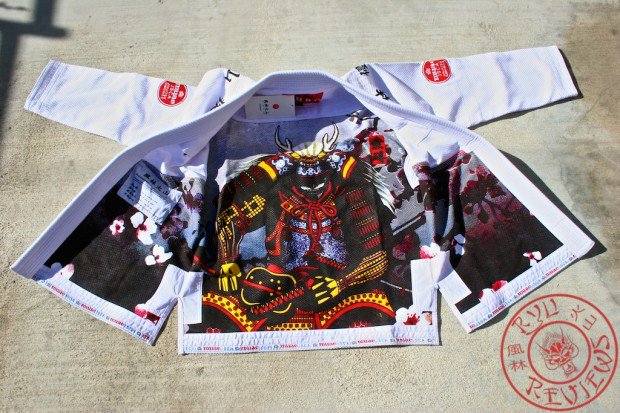
Printing directly on the inside of the gi is a bold innovation, and the image selection is terrific. It looks sharp at first, and on repeated washing, fades into a historical look. I’ve seen it on Ze Grapplez, and can testify that the art continues to pop long after the first time you roll in and wash it.
The decision to do this type of sublimated printing, coupled with the image choice, impressed me a lot when this gi came out. I still haven’t seen anything quite like it.
4. “The Wave,” by Scramble

If you want to talk about historically significant artwork, Hokusai’s “The Great Wave” has to be mentioned. This BBC podcast explains why: Hokusai’s magnum opus was really a metaphor for the changing world, the fusion of culture that happened after Matthew Perry’s gunboat diplomacy forced Japan to open up to the West.
Plus, to this day “The Great Wave” is still visually striking. That’s why it was such an inspired choice for Scramble to modify the image for use on an internal rashguard. Not only does it look fantastic, like the original image, the Wave gi is a merge of the old (classic white gi) and the new (flashy gi with internal rashguard).
3. “The Heavenly Kimono,” by Meerkatsu
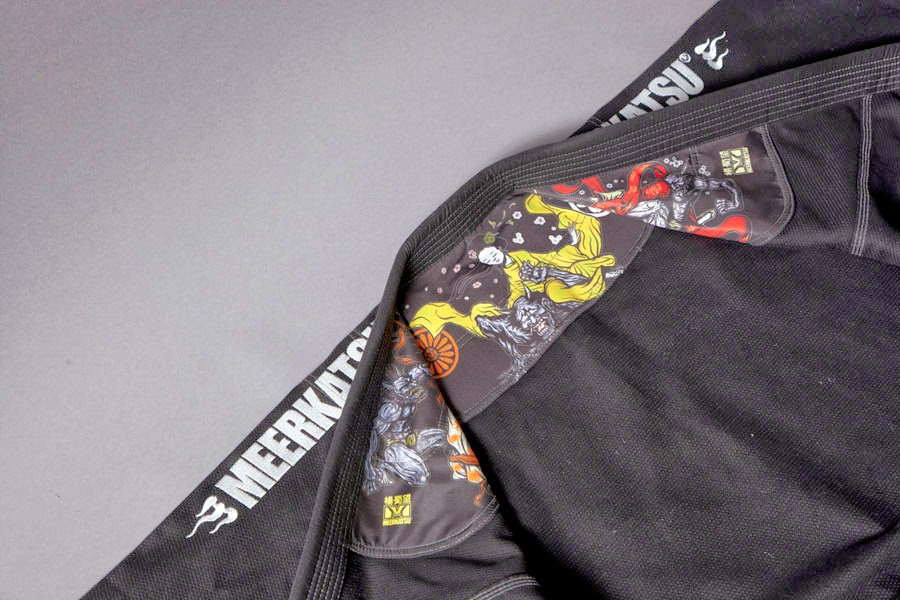
Your artwork doesn’t have to cover the entire inside of the kimono in order to make a statement. Witness this inaugural gi offering from prominent BJJ artist Seymour “Meerkatsu” Yang, whose offering is a worthy successor to his Heavenly Footlock and Heavenly Wristlock shirts.
Besides looking great, the thematic consistency between the differing types of apparel is really cool. (It’s also admirable how much of Yang’s work in this vein benefits charities).
2. “Wu-Tang Killa Bee Series,” by Enzo Kimonos
If you aren’t down with the Wu, I don’t even know what to tell you. Even if innovation in music isn’t your thing, the logo image is iconic, and placed on the front skirt of the gi like this adds the right amount of flash. It’s distinctive but not ostentatious. (Now, the interior of the gi, that’s a different story).
It’s also a cool idea to merge BJJ, a niche community with passionate devotees, with Wu-Tang, a defined subculture that has considerably more followers. As a proud nerd, I’m always interested in where unusual affinities collide (Doctor Who and jiu-jitsu, anyone)? Making this collision happen deserves some dap.
1. “The 47 Gi,” by Ronin
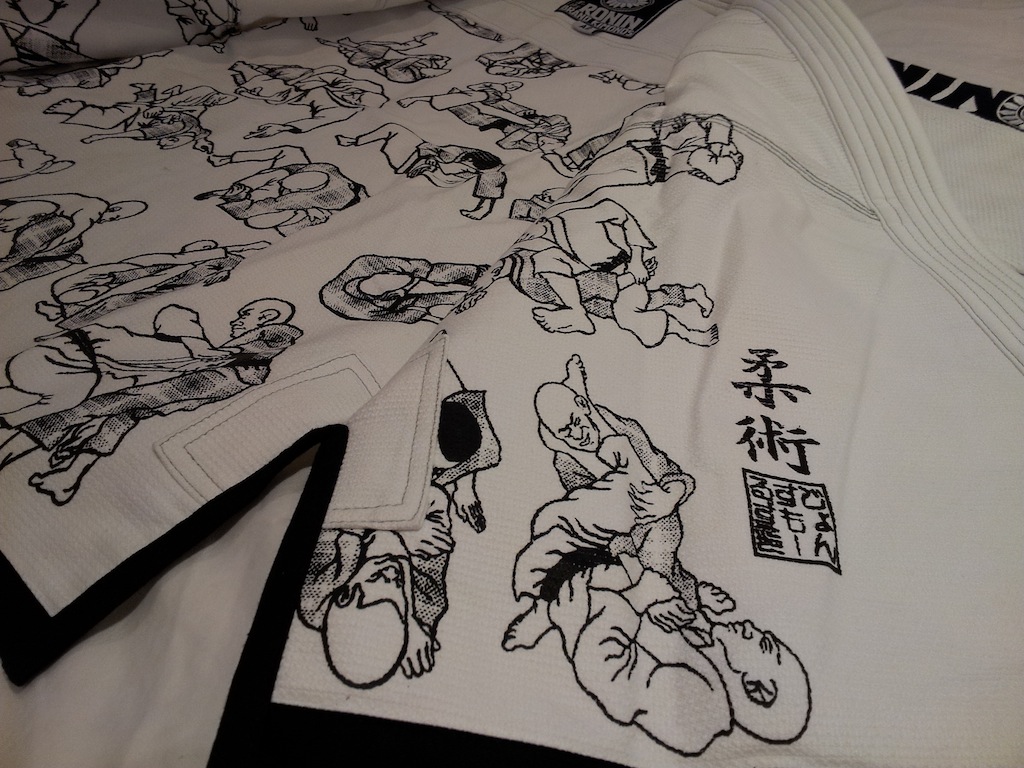
It’s no secret I’m a big fan of John Smalls. I must confess I didn’t know he’d done the art for the 47 Gi by Ronin Brand until a friend bought it. Smalls illustrated 47 common techniques for the interior of this kimono, and the results are as nice as you’d expect.
One distinction I’d make between this kimono and the other interior-print gis I’ve listed: instead of one big art piece, this has smaller segments that serve a larger unified theme. That’s different, and different is cool.
There you have it: five gis that I think reflect thoughtful and creative design. A final note related to gi commerce: people at my gym are very fortunate, since we share space with Cageside Fight Shop. Not every school is lucky enough to have a local martial arts gear company nearby, and the good folks that work there are awesome about letting you try on a bunch of gis to see what fits you best.
Trying on a gi before you make the order is something I totally recommend. dangerous, in that it feeds the gi addiction, but also excellent, because there’s nothing worse than dropping $100+ on something you’re excited to train in only to find that it fits like rented suit. Support your local fight shop, folks.
